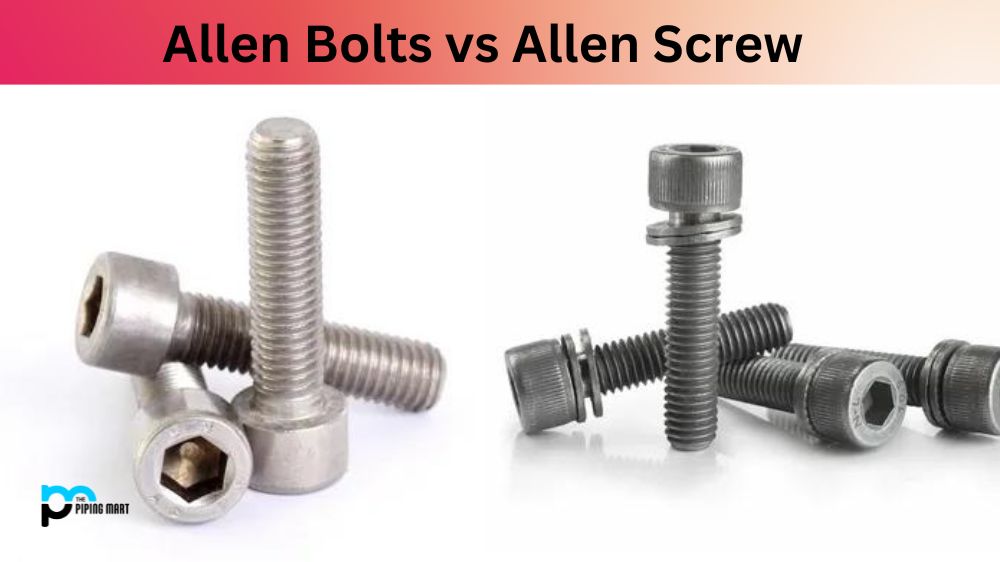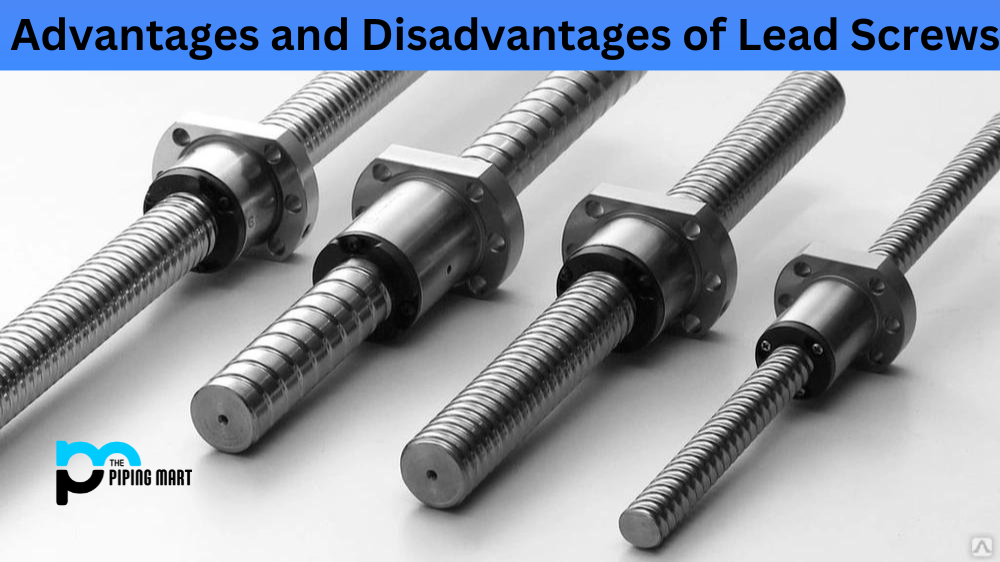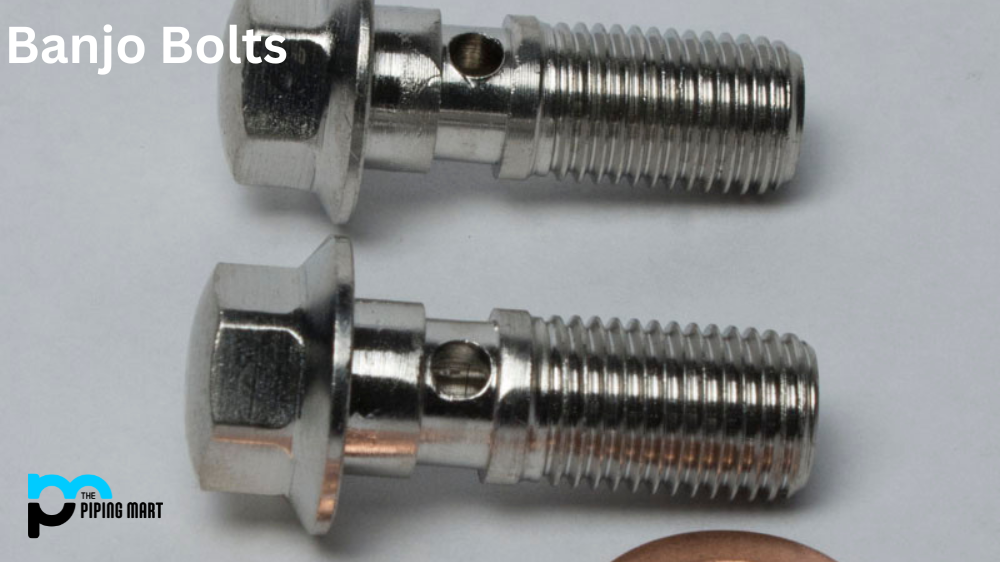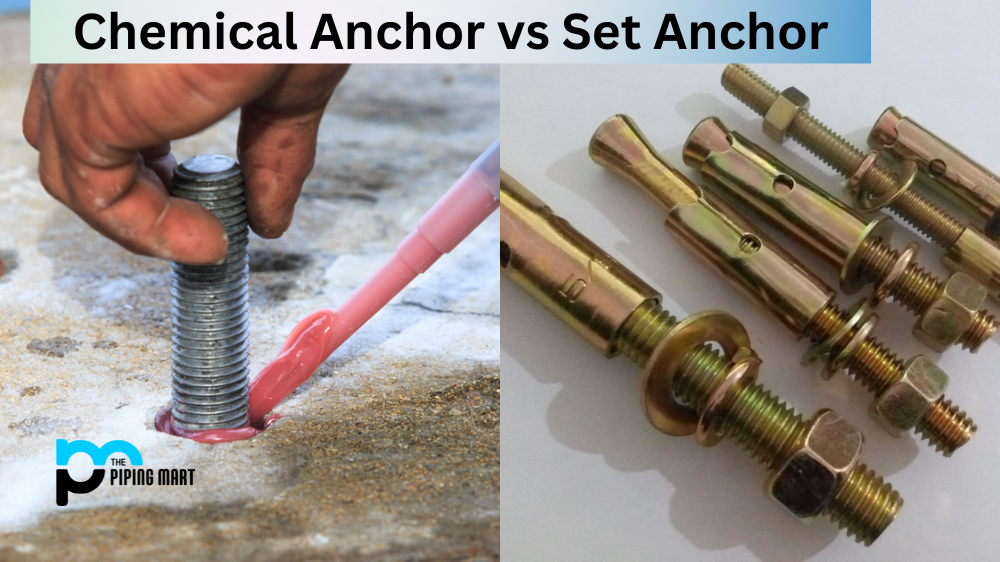When fixing or assembling, “Allen bolt” and “Allen screw” are often used interchangeably. These essential tools are designed to twist and turn with the help of an Allen wrench or key to fasten tightly and securely. However, there are some key differences between bolts and screws. This article will explore the differences between Allen bolts and Allen screws to help you choose the right fastener for your next project.
Allen Bolts
Allen Bolts are a common type of socket head cap screw. They have an internal hexagonal drive in the head, allowing easy tightening and loosening with an Allen wrench or key. The extremely versatile bolts provide strong and secure fastenings for various applications, from automotive components to furniture making. Some variations include flathead, button-head, and countersunk screws with different bolt lengths available depending on the job at hand. They’re ideal for limited access as they require minimal clearance around them to fit the driver into position correctly.
Allen Screw
An Allen screw, also known as a hex-head cap screw or an internal hex drive, is a type of fastener consisting of a socket head with an internal hexagonal drive. It is used in applications where it is necessary to assemble and fasten components like wood, plastic, metal and masonry without having to access the backside of the assembled component. Its popularity has grown over time due to its versatility and ease of use.
Difference Between Allen Bolts and Allen Screw
Shape and Design
The shape and design of Allen bolts and screws are different. Allen bolts have a larger, flatter head than screws, and they are used when a larger surface area needs to be supported. They can also have a washer between the head and the surface it is fastened to for additional support. On the other hand, Allen screws have a smaller head designed to fit into countersunk holes in materials such as plastic or wood.
Length and Diameter
Allen bolts come in various lengths and diameters, ranging from 1/8th of an inch to more than an inch. They are used for strong and structural joints. Allen screws have a smaller range of lengths and diameters and are designed to be used in locations with limited access. They are perfect for holding things together in tight spaces.
Thread Type
Allen bolts feature fully threaded, partial threading, or non-threaded shanks with a threaded segment used to attach the nut. This design ensures that the bolt is held securely and can withstand heavy loads and tension. Allen screws may feature a fully or partially threaded shank, but their thread pattern differs. They often have a fine thread that grips the surrounding material more effectively.
Usage
Allen bolts are frequently used in structural applications, such as construction, automobile, or marine engines, where it is critical that they hold tight and not loosen. They are also used in machinery and equipment for similar reasons. Allen screws are more suitable for use in electronic equipment, where small size is important and strength requirements are minimal.
Material
Both Allen bolts and screws are made of a wide range of materials. Commonly, they are made of stainless steel, titanium, brass, aluminium, or steel. The material chosen depends on the application and the environment in which it will be used. Steel is the most common material because of its strength, low cost, and availability.
Conclusion:
In conclusion, Allen bolts and Allen screws are two different fasteners used for different purposes. Allen bolts are ideal when a stronger hold is required, whereas Allen screws are suited for use cases requiring less strength and limited space. Knowing the differences between these two similar tools will help you make a more informed decision when choosing an Allen bolt or screw for your next project. Choose the right one, and you can be sure your project will be secure, stable, and long-lasting.

A passionate metal industry expert and blogger. With over 5 years of experience in the field, Palak brings a wealth of knowledge and insight to her writing. Whether discussing the latest trends in the metal industry or sharing tips, she is dedicated to helping others succeed in the metal industry.




